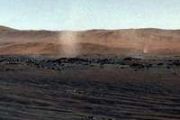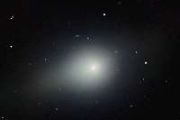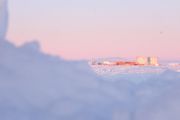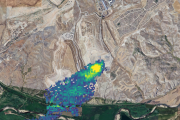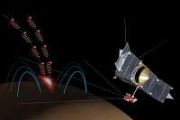
Copernical Team
Artist's view of the Ariane 6 components and payload with two boosters – white background
 Image:
Artist's view of the Ariane 6 components and payload with two boosters – white background
Image:
Artist's view of the Ariane 6 components and payload with two boosters – white background Artist's view of the Ariane 6 components with two boosters – blue background
 Image:
Artist's view of the Ariane 6 components with two boosters – blue background
Image:
Artist's view of the Ariane 6 components with two boosters – blue background Artist's view of the Ariane 6 components with two boosters
 Image:
Artist's view of the Ariane 6 components with two boosters
Image:
Artist's view of the Ariane 6 components with two boosters Artist's view of the Ariane 6 components and payload with two boosters – blue background
 Image:
Artist's view of the Ariane 6 components and payload with two boosters – blue background
Image:
Artist's view of the Ariane 6 components and payload with two boosters – blue background Ariane 6 launches 3Cat-4: reflecting on Earth
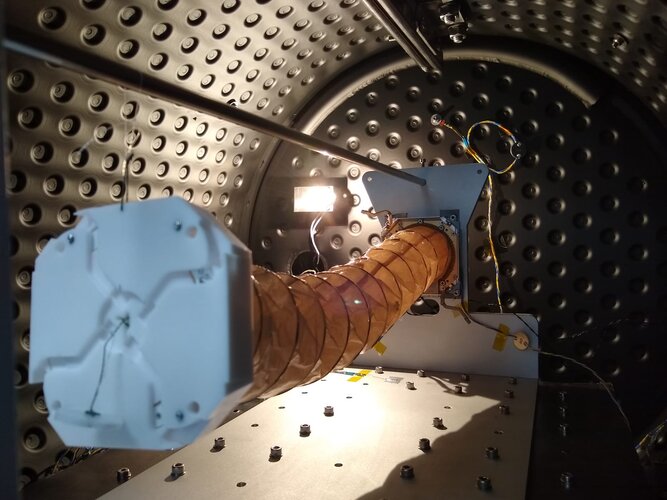
Europe’s newest rocket soon launches, taking with it many space missions each with a unique objective, destination and team at home, cheering them on. Whether launching new satellites to look back and study Earth, peer out to deep space or test important new technologies in orbit, Ariane 6’s first flight will showcase the versatility and flexibility of this impressive, heavy-lift launcher. Read on for all about 3Cat-4, then see who else is flying first.
ICEYE launches new APIs for direct satellite tasking and data access
 ICEYE, a leader in synthetic aperture radar (SAR) satellite technology, has introduced two new application programming interfaces (APIs) that provide customers quicker access to its extensive SAR satellite imagery. These APIs allow for automated interactions and seamless integration with ICEYE's space and ground systems, eliminating the need for manual oversight.
The first of these APIs is
ICEYE, a leader in synthetic aperture radar (SAR) satellite technology, has introduced two new application programming interfaces (APIs) that provide customers quicker access to its extensive SAR satellite imagery. These APIs allow for automated interactions and seamless integration with ICEYE's space and ground systems, eliminating the need for manual oversight.
The first of these APIs is Capella Space launches automated vessel detection service
 Capella Space Corp., a US-based provider of satellite data solutions, has launched its AI-driven Vessel Classification service for high-resolution synthetic aperture radar (SAR) imagery. This service is integrated with Capella's secure tasking web application and API, allowing users to simultaneously place Tasking requests and order Vessel Classification. The service also includes access to hist
Capella Space Corp., a US-based provider of satellite data solutions, has launched its AI-driven Vessel Classification service for high-resolution synthetic aperture radar (SAR) imagery. This service is integrated with Capella's secure tasking web application and API, allowing users to simultaneously place Tasking requests and order Vessel Classification. The service also includes access to hist USSPACECOM Represents at NATO's Inaugural Space Symposium
 Lt. Gen. Thomas James, deputy commander of the U.S. Space Command, and RAF Air Commodore Darren Whiteley, deputy director of USSPACECOM Strategy, Policy and Plans, attended NATO's first Space Symposium held in Toulouse, France, on April 29-30.
The symposium, organized by NATO Headquarters International Military Staff and Allied Command Transformation, aimed to enhance the integration of sp
Lt. Gen. Thomas James, deputy commander of the U.S. Space Command, and RAF Air Commodore Darren Whiteley, deputy director of USSPACECOM Strategy, Policy and Plans, attended NATO's first Space Symposium held in Toulouse, France, on April 29-30.
The symposium, organized by NATO Headquarters International Military Staff and Allied Command Transformation, aimed to enhance the integration of sp Rocket Lab Advances SDA Satellite Program with New Subcontractor Partnerships
Genomes of multicellular algal relatives reveal evolutionary clues to plant origins
 Land plants, which dominate our planet's landscape, have developed from simple organisms into complex forms with diverse organs and cell types. This transformation, supported by a vast network of genes, facilitates the intricate shaping of plant structures through various molecular processes.
This significant evolution began with a singular event-plant terrestrialization-when ancestors of
Land plants, which dominate our planet's landscape, have developed from simple organisms into complex forms with diverse organs and cell types. This transformation, supported by a vast network of genes, facilitates the intricate shaping of plant structures through various molecular processes.
This significant evolution began with a singular event-plant terrestrialization-when ancestors of 









